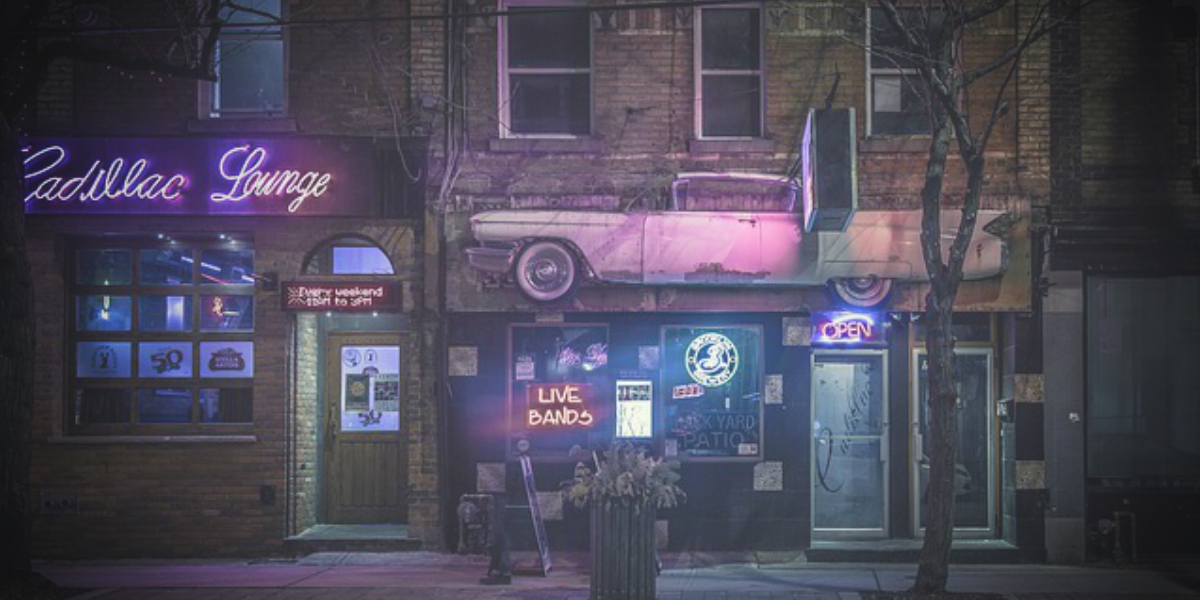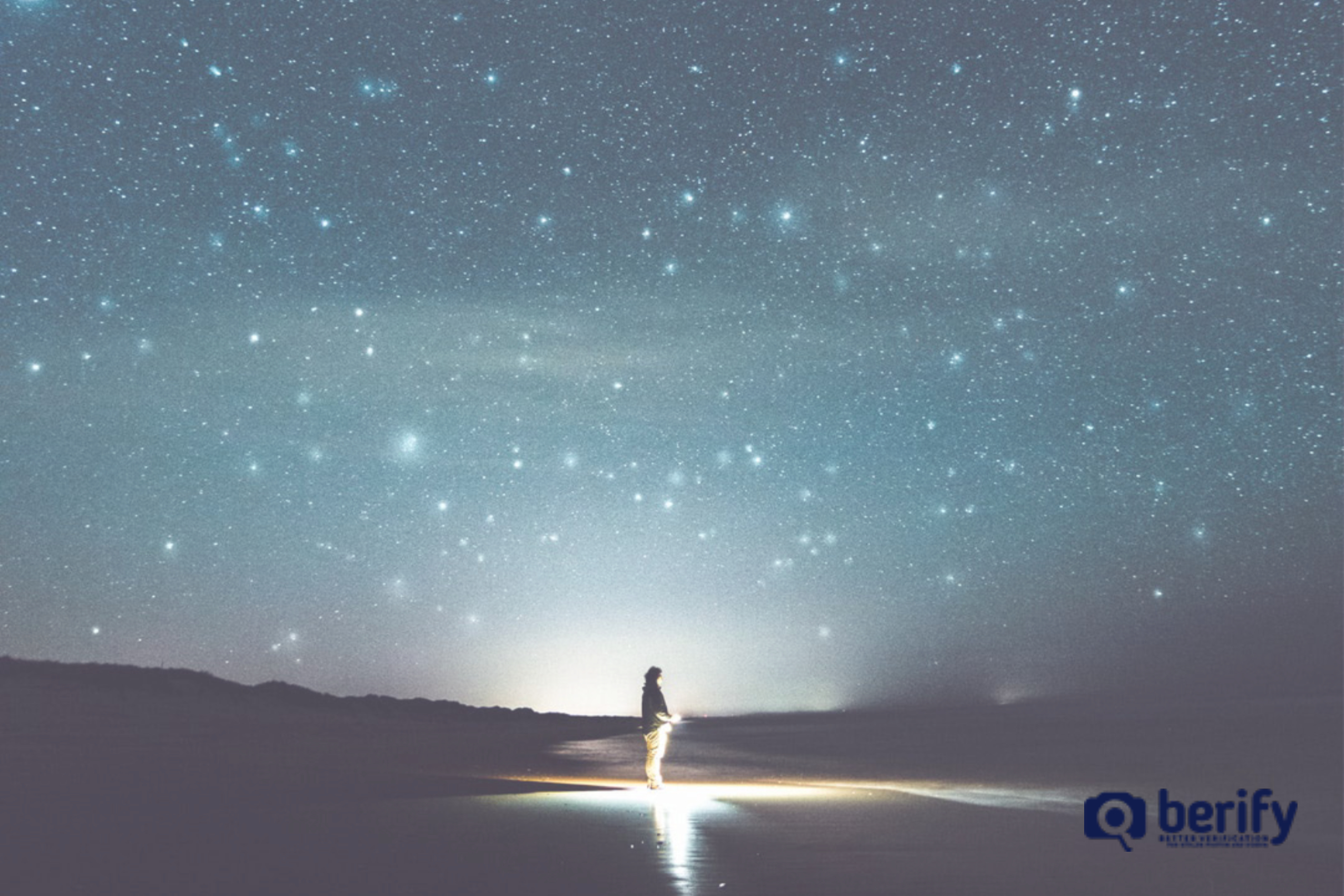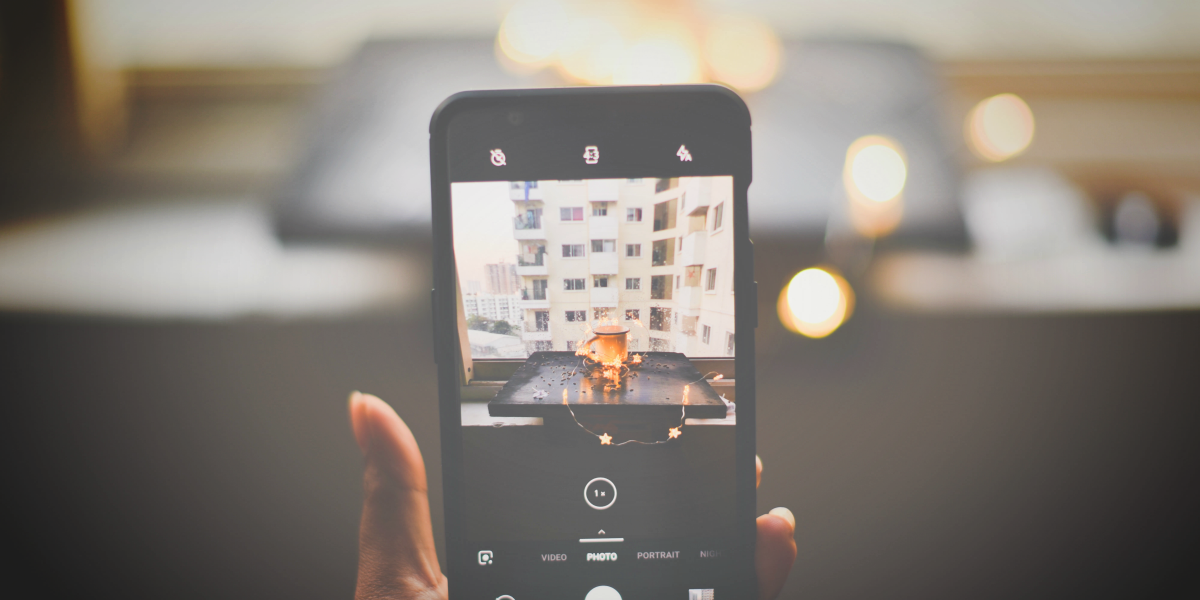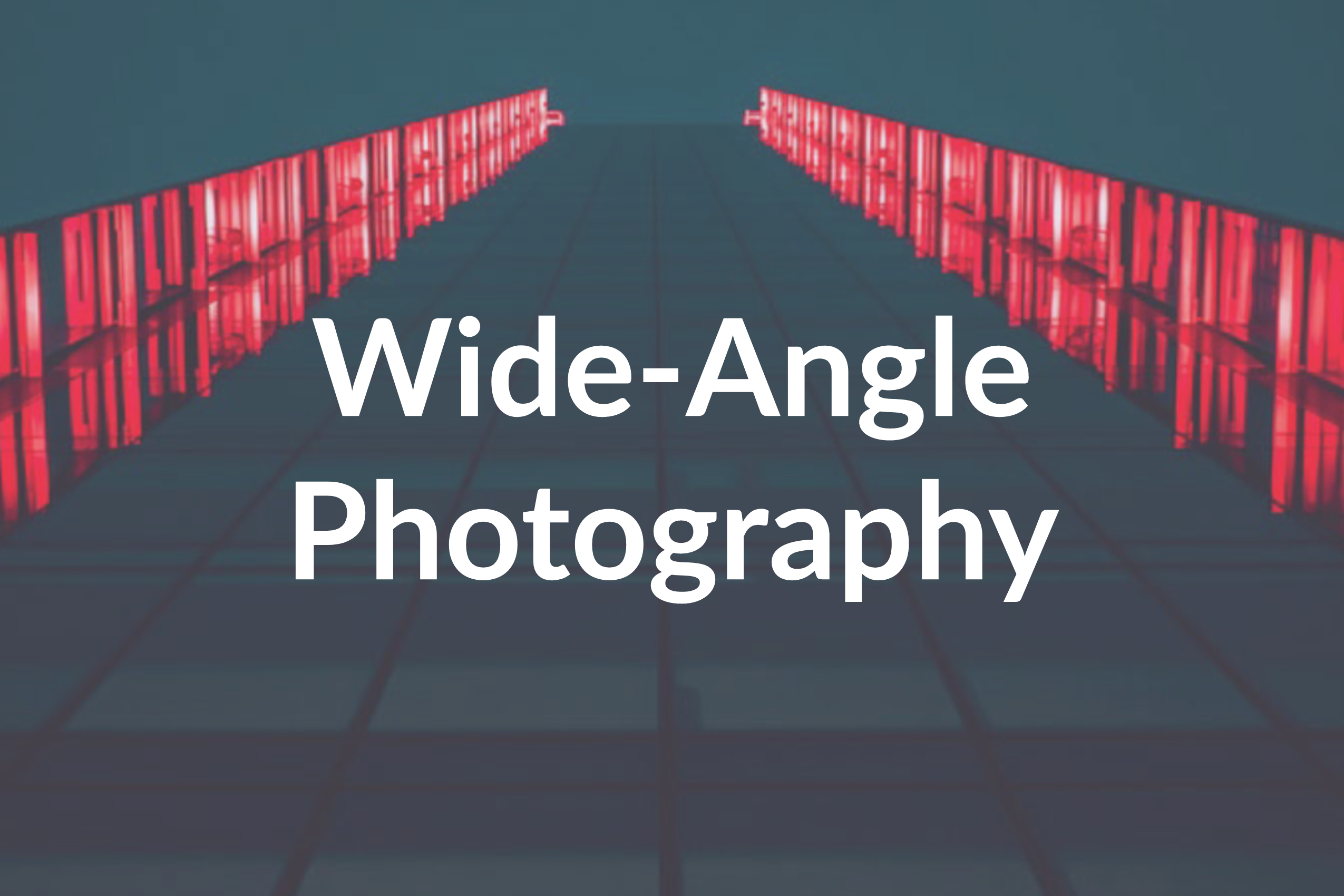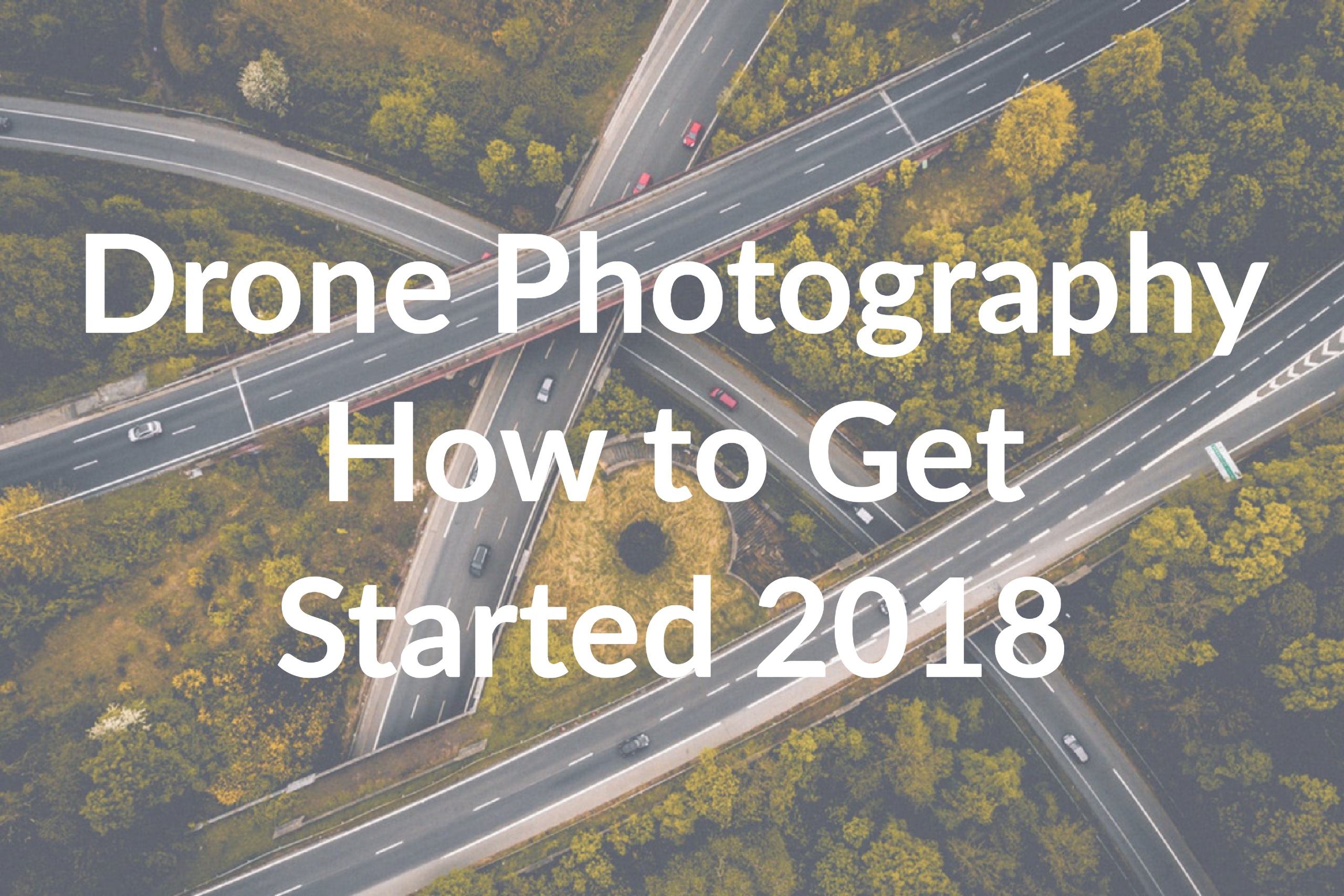Beginners Guide to Getting Started in Infrared Photography
If you’re looking for something new and different, infrared photography might be for you. Also called IR photography, infrared images are eye-catching and unforgettable. They give you the ability to see and show the world differently. Reason being, because the infrared light is not visible to the human eye.
Instead, what humans see is commonly called the “visible spectrum”. What we think of as infrared light is a form of radiation that occurs from longer wavelengths of visible light (hence why it is undetectable by the human eye).
Without a doubt, infrared images will be unlike anything you’ll shoot with a simple camera. Therefore, to take and produce Infrared (IR) image, you will need to use additional equipment and settings.
Why is Infrared Photography Exciting?
Many IR photographers enjoy the mystique of taking images that are, mainly, “invisible”. Since the human eye will never showcase the IR light, taking IR images gives them a glimpse of an otherwise invisible radiation spectrum.
While Adobe Photoshop and filters are often used to enhance everyday photographs, infrared is more than what Photoshop can do. By using infrared tools, photographers can create images which give a new appearance to places, people, animals, plants, textures, buildings, and even the sky.
Types of Infrared Light
The light frequently talked about for infrared photography is 700-1200 nanometers or nn. There is also “thermal imaging”, which is what you see in a movie, for example, when the Swat Team scans a building for suspects. When we use our digital cameras for infrared photography, we will not capture thermal images, but those IR images in the 700-1200 range.
What to Expect (and What You’ll Need)
Be prepared for the ordinary (a landscape, building, portrait) to transform! Colors will be vibrant and deep, as long as you purchase these pieces of equipment and follow these steps:
Filters
By using an IR or infrared filter, the light will be allowed to go to your camera’s sensor, which will also prevent visible light from doing so. Depending on the manufacturer you’re interested in purchasing from, search “IR or infrared filter” or “screw on infrared filter”.
Some infrared filters, such as the Hoya R72, allows some visible light to show in the camera’s images. This filter can give beginners a slow, gradual start into the art form.
Infrared Camera Body
If you’d like to convert your DSLR camera, you will remove the infrared blocking filter. This should be done by a professional who knows what they are doing. If you take this step, your camera will not capture traditional images any longer, as all pics will show in IR. So, do not do this if you still want to shoot standard photographs as well.
Film
Another option is to buy an infrared film. It is affordable and can be ordered online, but you will need to select a photo lab capable of processing the film.
Longer Exposure
Longer exposure is a must when shooting an IR image. It is recommended to use an exposure time of between 30-120 seconds at 1/125th or f/8 (depending on the light and sunshine available).
Tripod
Due to the longer exposure times, using a tripod is essential for clear and concise images.
Settings
Try out both JPEG and RAW files at first. When using a JPEG file, you can cleverly adjust settings. With RAW files, you might initially be caught off guard by the pinkish hue of your images. With practice, this will change, and you will be able to sort the best from the worst, even within a RAW file.
Auto Tone & Channel Swap
As we talked about above, the pinkish hue in your RAW images will need to be changed through infrared file processing and the application of a DNG conversion tool. You can import your RAW file into Photoshop and use “Auto Tone”.
To help you with the red and blue channels, use the following guide:
For Blue & Red Channel Changes:
- Blue Channel: Red=100, Green=0, Blue=0
- Red Channel: Red=0, Green=0, Blue=100
To Change ALL Channels:
- Blue Channel: Red=100, Green=0, Blue=0
- Red Channel: Red=0, Green=0, Blue=100
- Green Channel: Red=0, Green=100, Blue=0
White Balance
No, we didn’t forget white balance and neither should you. Each camera has a white balance setting (customization). Be sure to review your paper or online guide.
Finally, the time will come to process your images. You should focus on adjustments for the hue of your pictures and their saturation levels (within Photoshop). This will depend on using your photographer’s eye to determine when and how the images look best.
As infrared photography is still emerging from uncommon into a unique way of seeing the world, now is the time to try it out! The benefit, it allows you to try out something creative and new. Look to other IR photographers and slowly work on your craft!
Ever tried an IR filter?
Let us know in the comments! Search Berify to verify your images are not being stolen online, or your copyright infringed.
